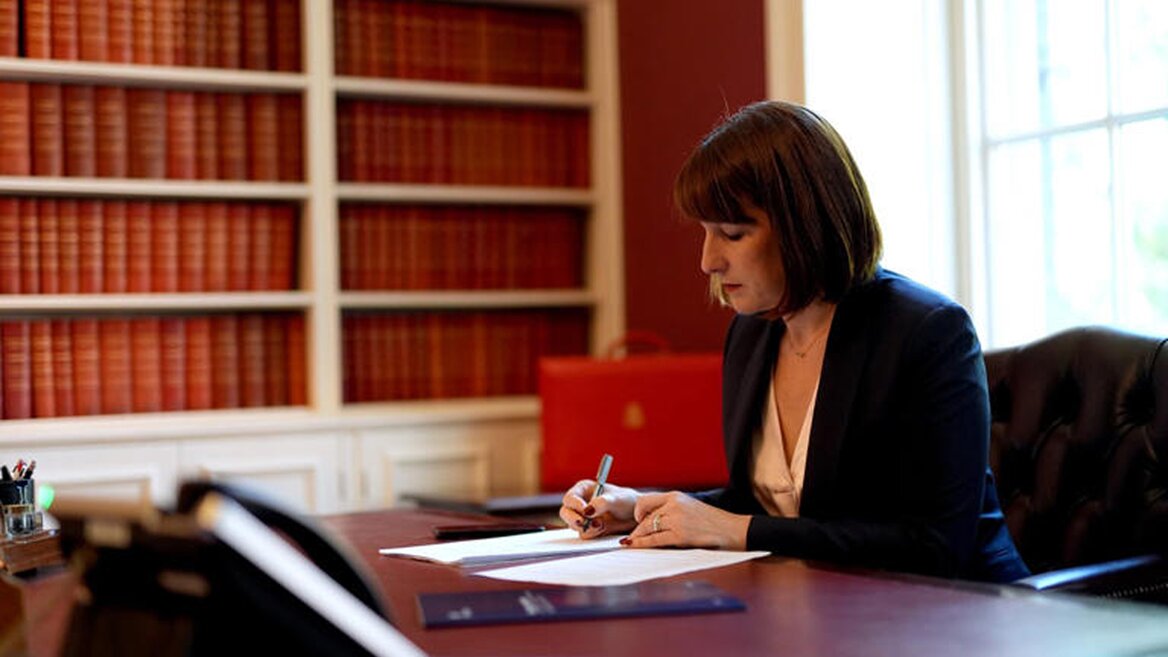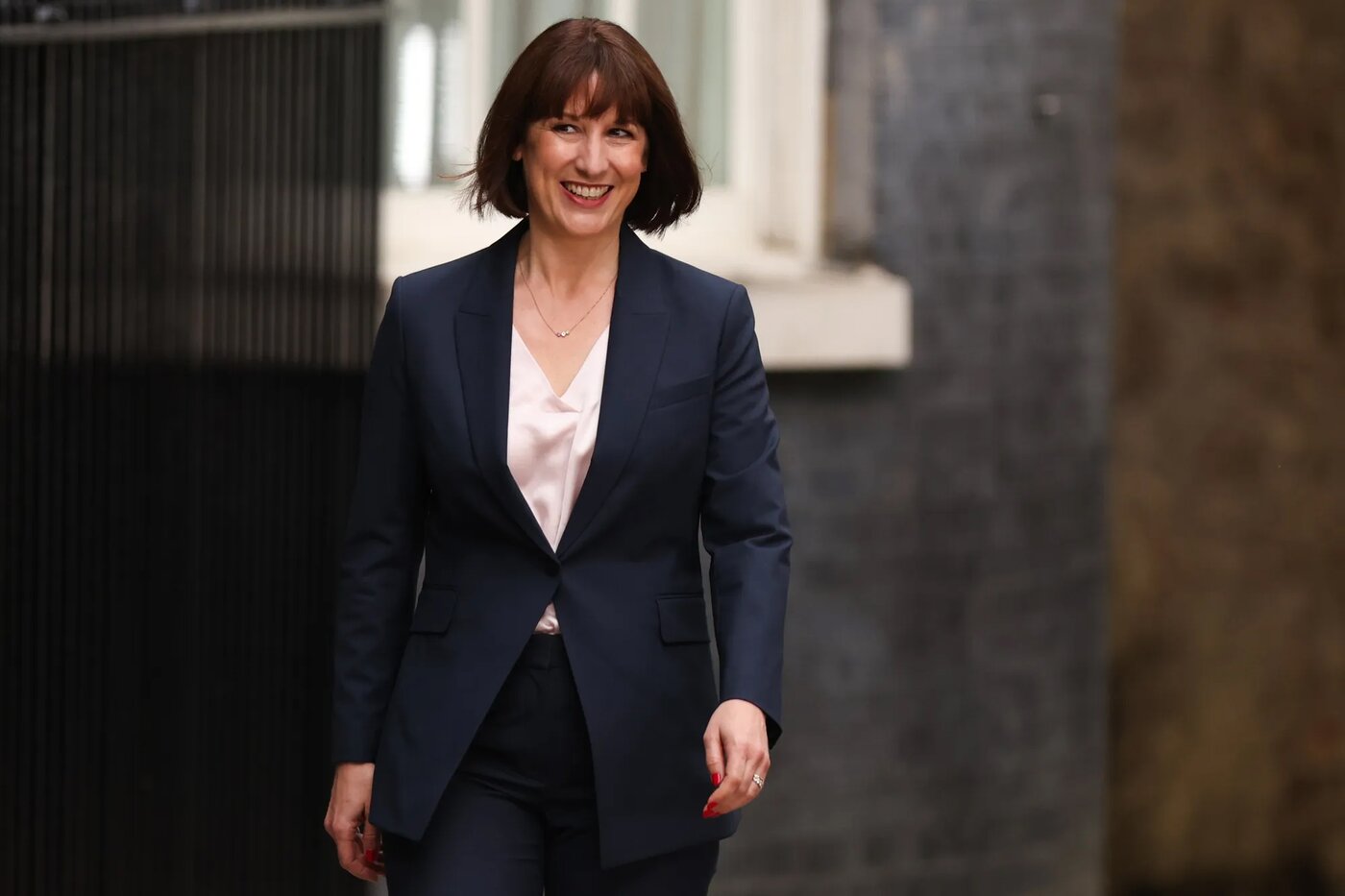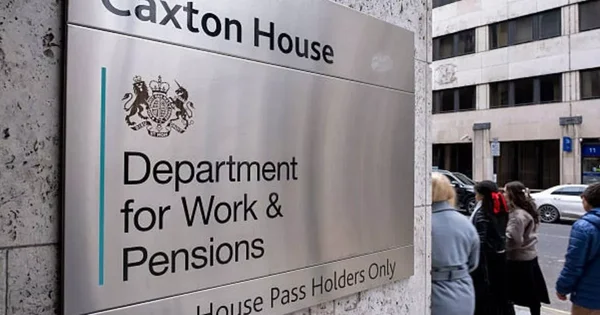The Office for Budget Responsibility (OBR) has raised the alarm: the UK's public finances are now in a “relatively vulnerable position”, weakened by recent reversals on spending cuts, ballooning pension commitments, elevated defence and climate-related costs, and stubbornly high debt levels.
These U-turns, on winter fuel payments and disability benefits, have erased planned savings of around £6.75bn, with slower economic growth adding a further £9bn shortfall ahead of the autumn budget, leaving chancellor Rachel Reeves facing an estimated £20bn gap.
With government debt now at 96‑97% of GDP and projected to exceed 270% by the early 2070s, OBR warns the fiscal headroom is dangerously thin, restricting the UK’s ability to absorb future shocks. This report delves into the fiscal pressures shaping Britain’s economic landscape.
Spending-Cuts U-Turns and Black Holes
The OBR notes that planned welfare savings of £5–5.5bn were undone after pressure from Labour MPs, while reversing winter fuel-payment cuts cost around £1.25bn eliminating a combined £6.75bn in projected savings.
Alongside weaker growth, this has produced a £20bn fiscal hole the chancellor must tackle before autumn. Critics, like Shadow Chancellor Mel Stride, argue this reflects “economic mismanagement” and leaves the UK exposed to market upheaval. Pressure is mounting on Reeves to consider politically charged options, such as targeted tax increases or wealth levies, to restore fiscal stability.
Surge in Pension Costs and the Triple Lock
State pension expenditure has surged, now consuming 5% of GDP (£138bn), up from around 2% in mid-20th century. The OBR projects this will grow to 7.7% of GDP within five decades as the triple-lock mechanism combines with an ageing population and extended longevity.
Already, the triple lock is costing three times original expectations, forecast to reach £15.5bn per year by 2029–30. This demographic-driven spending pressures play a key role in the OBR’s long-term debt trajectory.
Rising Debt and Borrowing Costs
At the end of 2024, public sector net borrowing stood at 5.7% of GDP, with government debt at 94%, ranking among the highest in developed nations. As interest rates have risen, UK 10-year gilt yields now hover around 4.5%, placing the UK as the third‑highest borrowing cost among advanced economies. With debt expected to surpass 270% of GDP by the 2070s, the window for correction is shrinking

OBR Warning and Institutional Independence
The 2025 Fiscal Risks & Sustainability report (finalised 4 July) highlights that while some fiscal frameworks have been tightened, commitments have shown only temporary gains, with debt rising as governments abandon consolidation efforts.
The OBR emphasises its independence, conducting analysis free from ministerial interference. It also points to limited remaining headroom under current fiscal rules focused on balancing the current budget and reducing net liabilities by 2029–30.
Political Reactions and Policy Debates
Labour’s internal dissent has reignited debates over fiscal discipline. With Chancellor Reeves showing resolve not to raise income, VAT, or National Insurance, pressure is intensifying on finding alternatives.
The IMF has suggested reducing forecast frequency or permitting modest overshoots to reduce mid-year policy disruptions. Yet political caution remains high, haunted by 2022's Truss mini-budget turmoil, officials warn any misstep could unsettle markets
Conclusion
The OBR’s warning resonates deeply: unless there is a strict and credible fiscal pathway, the UK risks further erosion in its financial resilience. Reversed welfare cuts, pension pressures, climate and defence spending, and looming debt levels have left fiscal headroom perilously low.
Chancellor Reeves now faces limited options, tightening spending, considering new revenue sources, or recalibrating fiscal rules. Political pressures, both from within Labour and from external markets, will shape decisions ahead of the autumn budget.
Ultimately, the government must decide: stay the fiscally cautious course, risk economic stagnation, or flex its financial muscle—with attendant risks to debt markets and future growth. The next Budget’s approach could define economic confidence and intergenerational fairness for decades.









